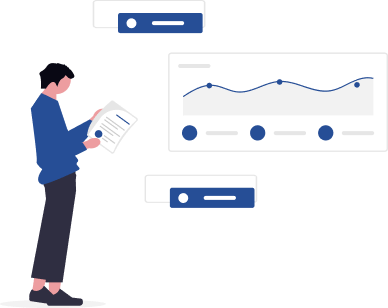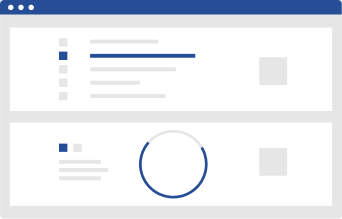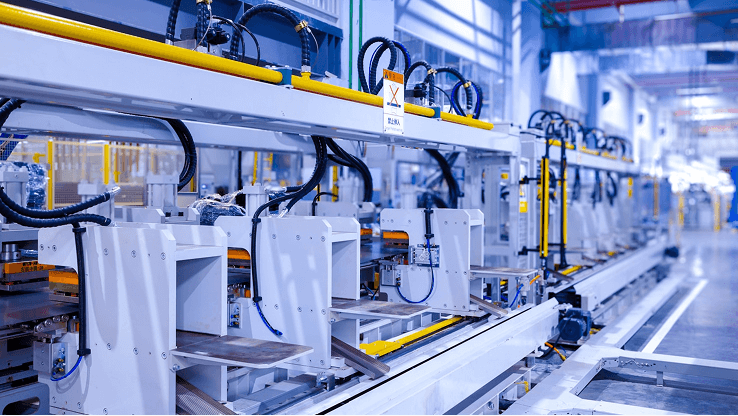Integrated SCADA solution
An Integrated SCADA solution centralizes information from dispersed sites or multiple local SCADA systems, adapting to varying data volumes and offering adjustable levels of detail to provide either a high-level overview or a detailed view of operations. Take your SCADA applications to the next level!
The principle of Integrated SCADA solution is very similar to that of SCADA. It is usually only the scale that changes. One of the major differences can therefore be the volume of data or geographical scope involved.
The term Integrated SCADA solution can in fact be interpreted differently depending on the applications. Sometimes it may just be a question of semantics, but not always! Whether it be a matter of managing geographically dispersed sites, a principle that is closer to Geo-SCADA, or more to do with convergence of information from different local SCADA applications, in both cases the key concept is the centralization of different information flows from so-called “function-specific” applications into a single application.


The granularity of the information offered to operators can be freely adjusted. For example, a SCADA system can create a macroscopic vision of industrial or technical plants with a significant degree of abstraction. Other applications may simply offer views that capture all the details of lower-level SCADA processes. The choice is yours!
Unifying multiple SCADA systems into a Integrated SCADA solution
In all market sectors where automation plays a key role, such as construction, manufacturing, energy, water, and so on, there are often as many SCADA applications as there are processes to control. The processes in question may be completely different or they may be similar and replicated over multiple sites.
Where they are different, such as in the case of a production facility or safety/security-related systems, hypervision provides operators with an overview of how their plants are running, whether in terms of procurements, production line operation, utilities, inventory levels, progress of shipments, etc. In the case of safety and security functions, all of the CCTV and access control systems are managed in a single application. Where there are identical processes over multiple sites, as in the water industry, it is the geographical dimension and the need to have an overview of a complete production system that are addressed by the application. Data from each of the local SCADA instances is presented through the Integrated SCADA solution into the control room.
A digital backbone
Just as with SCADA applications, hypervisors harness both “hot” real-time data and “cold” historical timestamped data produced via telemetry or IoT communicating objects, etc.
When open to third-party systems, hypervision is also able of converging broader areas of related information so that operators can optimize the running of operations and therefore improve performance. Software such as CMMS, MES, GIS, ERP, etc. can be intelligently combined with Integrated SCADA solution data to create an overview of all the flows within various facilities, factories, buildings and cities. A realistic and up-to-date 3D representation of assets can be added through the concept known as digital twin. The construction industry has already adopted a similar process known as building information modeling (BIM Operation) which combines digital models with FM and BMS.


